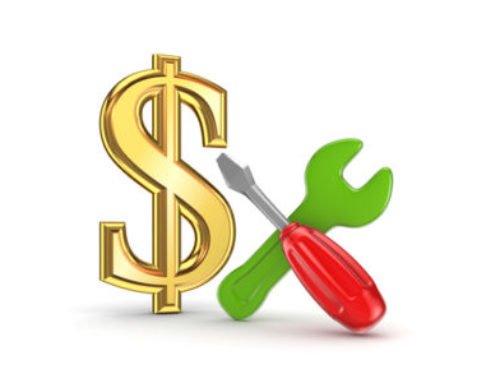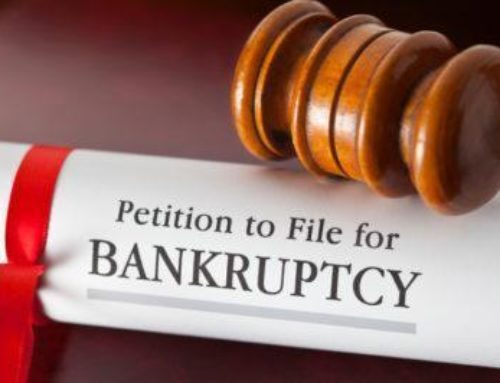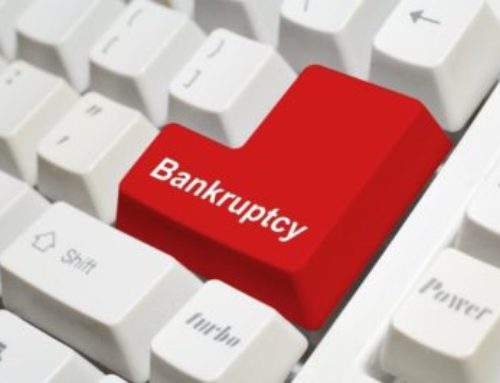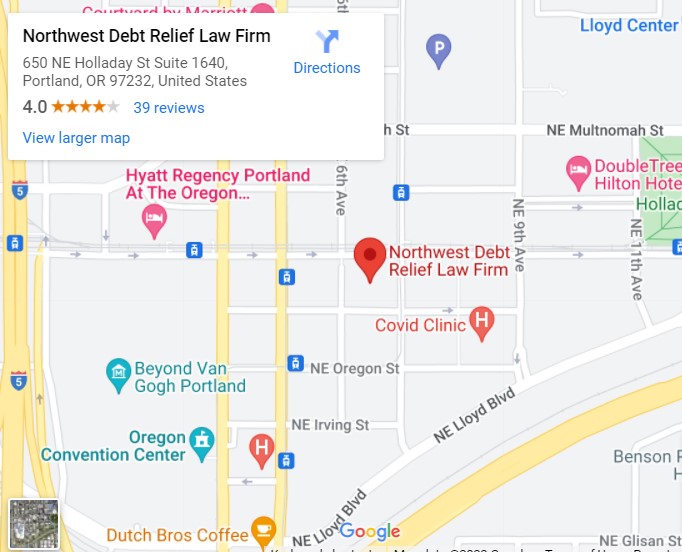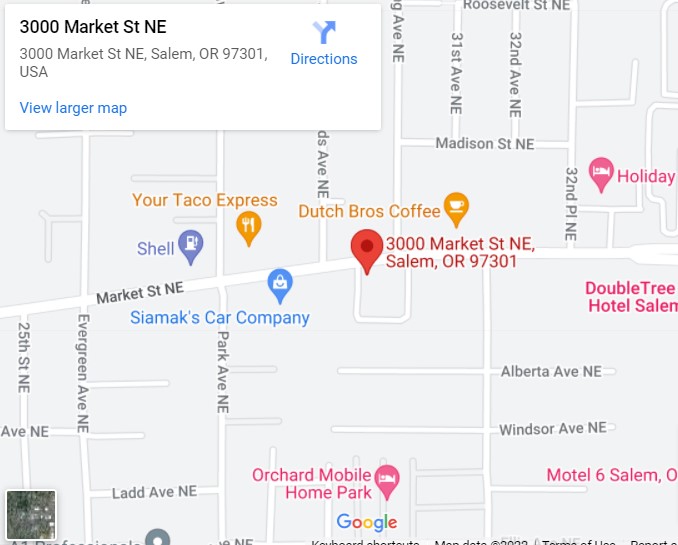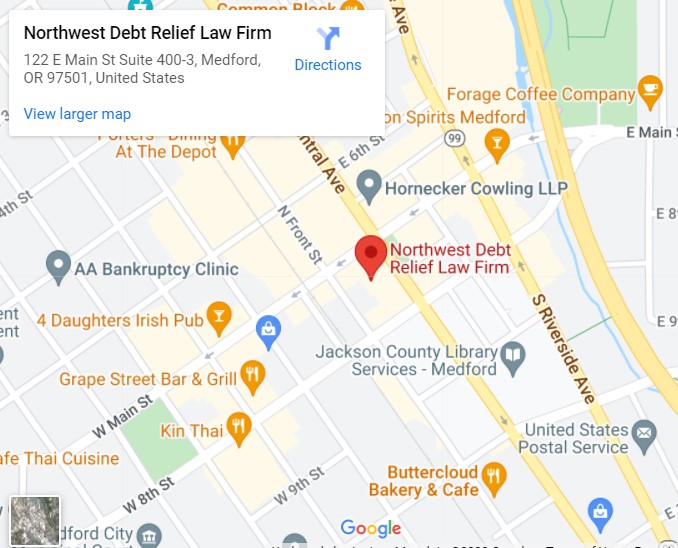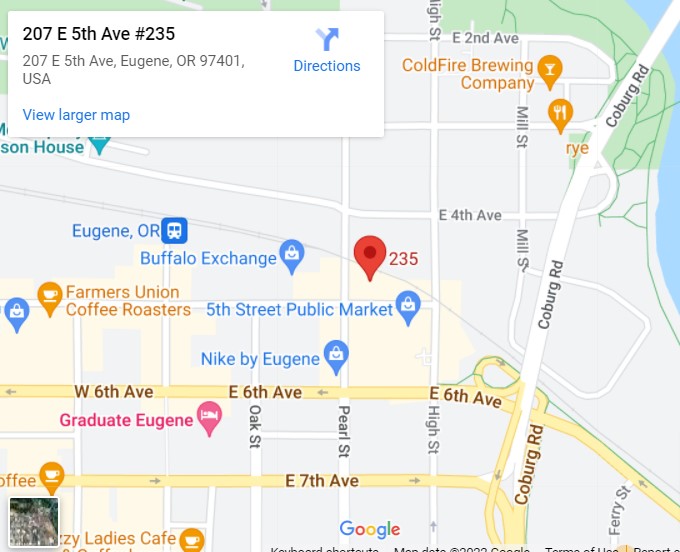When you find your small business in the red, filing for bankruptcy maybe your best option. Restructuring your debts under Chapter 11 or Chapter 13 (with certain limitations) may be the saving grace to get your company out of debt and keep it afloat.
On the contrary, if you are planning to close down your business, a “straight” or “liquidation” filing a bankruptcy petition may be the better way out.
How does reorganization help my small business?
Both Chapters 11 and 13 of the bankruptcy code both will allow debtors to propose a plan to restructure their finances. This restructuring plan can help your company become debt-free and stay in business. If you qualify, a Chapter 11 or 13 (with limitations) plan can:
- Give you time to sell certain assets you do not need or cannot afford to keep or maintain,
- Modify monthly payment terms on secured debts (like real property mortgages or equipment loans),
- Allow you to keep property that you need to operate your business, and
- Discharge debts that you cannot settle over the plan term (in Chapter 11 only).
When possible, most small business owners, choose Chapter 13 over Chapter 11. However, Chapter 11 is more flexible although it costs more and takes more time and resources that small business owners may not have enough of to make this bankruptcy chapter a better alternative.
Do I qualify for Chapter 13 Bankruptcy?
Anyone can file for Chapter 11 bankruptcy, but a lot of small businesses may not qualify for Chapter 13.
If you have a regular income, you may be able to qualify to petition for bankruptcy under Chapter 13. If you are a sole proprietor, you can file a Chapter 13 petition under your name and your business debts will be included in your reorganization plan. Take note that Chapter 13 is still subject to debt limitations, which change periodically. As of April 2019, a filer’s debt can’t exceed $1,257,850 in secured debt and $419,275 in unsecured debt. Therefore it is much easier to file under Chapter 11 bankruptcy.
If your small business is in danger of drowning in debt, you might want to consider seeking legal advice from an experienced bankruptcy lawyer in Oregon. In this way, you will be better informed of the bankruptcy options available to you.
What are the differences in eligibility of Chapter 13 vs. Chapter 11?
| Chapter 11 | Chapter 13 |
| ● No debt or income requirements or limitations
● Individuals, corporations, partnerships, joint ventures, and limited liability companies |
● Must have a regular income
● Sole proprietor |
What are the advantages and disadvantages of Chapter 11 vs. Chapter 13?
Chapter 11 typically makes sense for businesses or individuals who have debt levels that are greater than those allowed in Chapter 13 bankruptcy. Some small business debtors can take advantage of special provisions that help streamline Chapter 11 matters. However, if you qualify to file bankruptcy under Chapter 13, you will likely want to file it rather than a Chapter 11 bankruptcy.
Below are the advantages of each type of bankruptcy:
| Chapter 11 | Chapter 13 |
| ● Extended payment terms on real property mortgages or equipment loans due to new contract terms that can be created between debtors and creditors.
● You can use actual expenses to determine your disposable income (so if your actual expenses are high, this could benefit you) ● You are not required to have regular income to contribute to the repayment plan. ● Monthly payments are not required ● You can use alternate sources of funding, such as the proceeds from the sale of real estate or the proceeds from pending lawsuits, in order to fund your plan ●The discharge may be granted once your plan is confirmed and you begin to pay creditors. ● Turnover of disposable income to a trustee in bankruptcy is not required. ● Bankruptcy trustees are only called for in instances of poor debt management or bankruptcy fraud. |
● Cheaper to file
● Quicker approval process ● More debt types, such as nonsupport obligations arising from a marital property settlement agreement, are discharged ● Commitment period may be shortened and therefore makes it a more efficient bankruptcy process than Chapter 11, provided that all unsecured loans are fully-settled. |
Below are the disadvantages of each type of bankruptcy:
| Chapter 11 | Chapter 13 |
| ●Available only to Corporations, partnerships and limited liability companies.
● Complex. Moves more slowly and gives you time to do most of your restructuring before you formulate a payment plan. It is common for the bankruptcy court to approve financing for businesses in Chapter 11 long before a plan is filed. ● Expensive. Attorney fees for a Chapter 11 can easily be ten times the amount you would pay for a Chapter 13. ●Creditors have the opportunity to vote to accept or reject your plan. They don’t need a reason to vote against your plan and do not need to file formal court papers (other than returning their ballot) or appear in court. |
● Available only to sole proprietors filing as individuals
● Lower debt limitations than those of Chapter 11 small business filers. ● Plans are approved only if they meet the requirements of the bankruptcy laws. ● Creditors can object to your plan but they must have a basis for their objection and must present the objection to the court at a hearing. ● More rigid and moves quickly toward plan approval. You cannot borrow money without court approval at any time during a Chapter 13 bankruptcy, and the situations where you would be allowed to do so are limited. |
Contact an Experienced Oregon Bankruptcy Attorney Today
If you or anyone you know has a small business and is planning to file for bankruptcy, the earlier a bankruptcy lawyer is consulted, the better. It will save time and money in the long run and will prevent undue distress. Feel free to call one of the best bankruptcy attorneys in Oregon for a free legal consultation. Get in touch with us at Northwest Debt Relief Law Firm for a free initial case evaluation. We aim to help clients get a fresh start in their financial lives.


